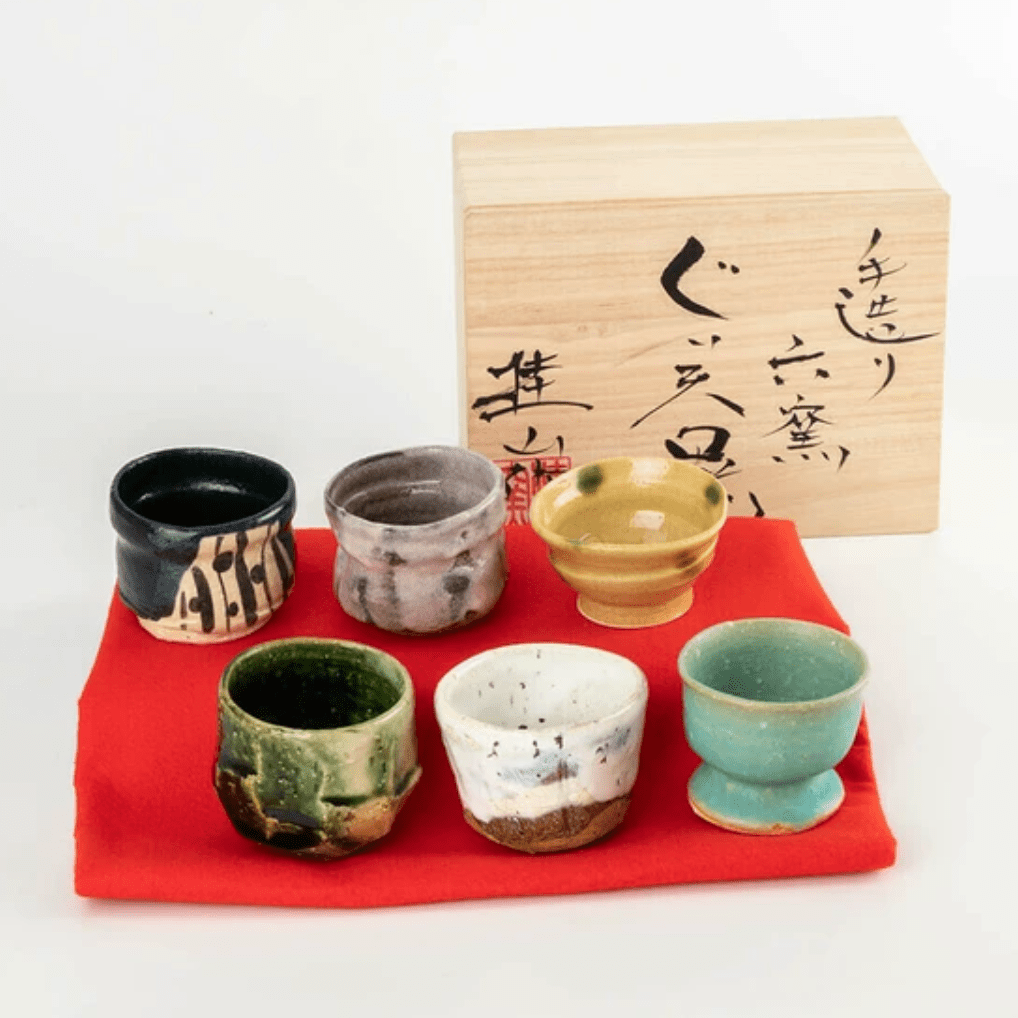
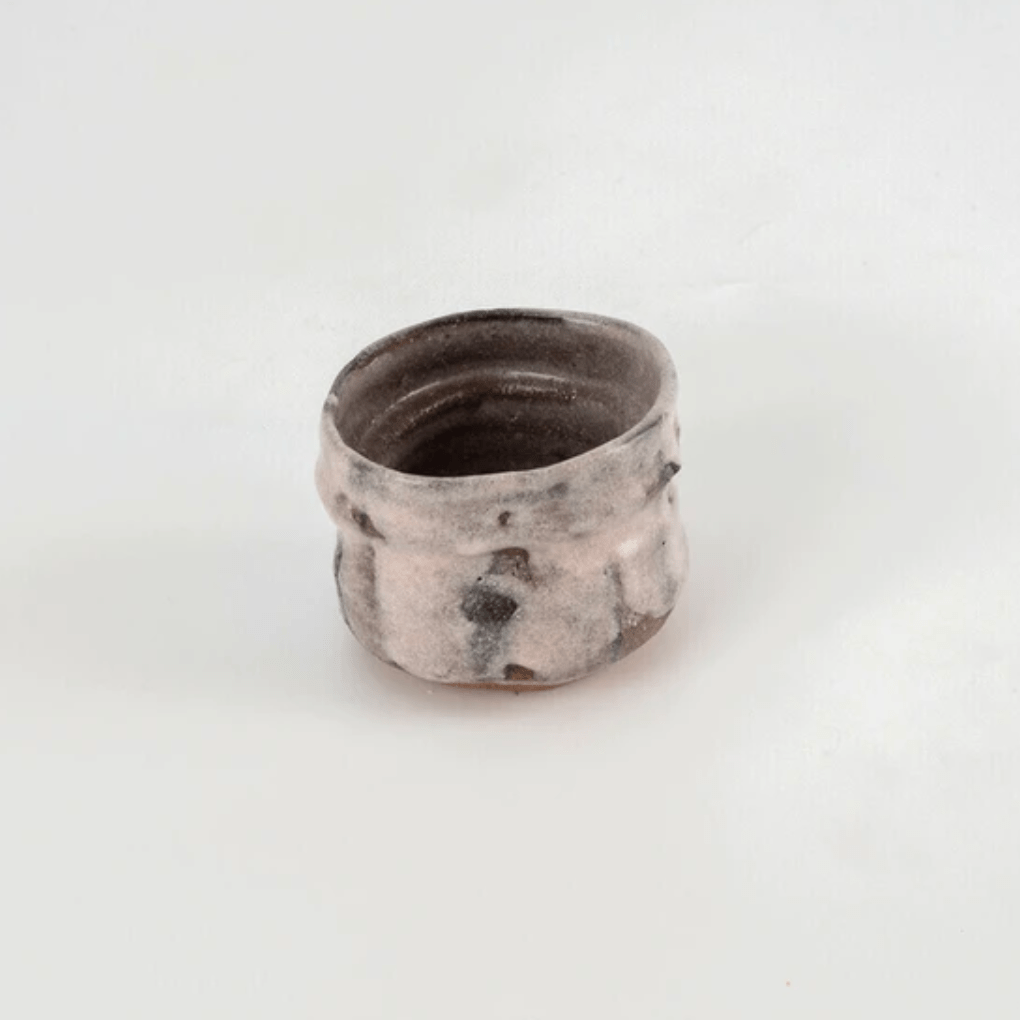


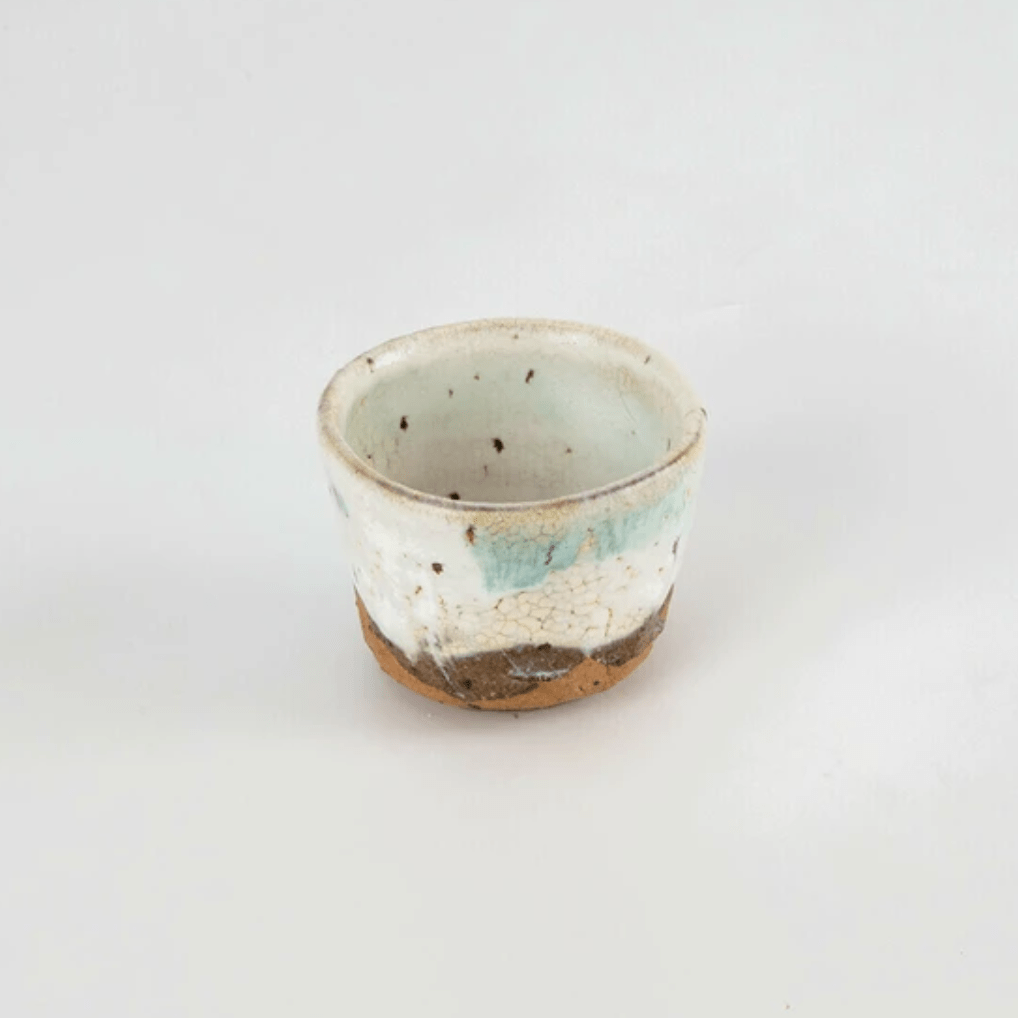
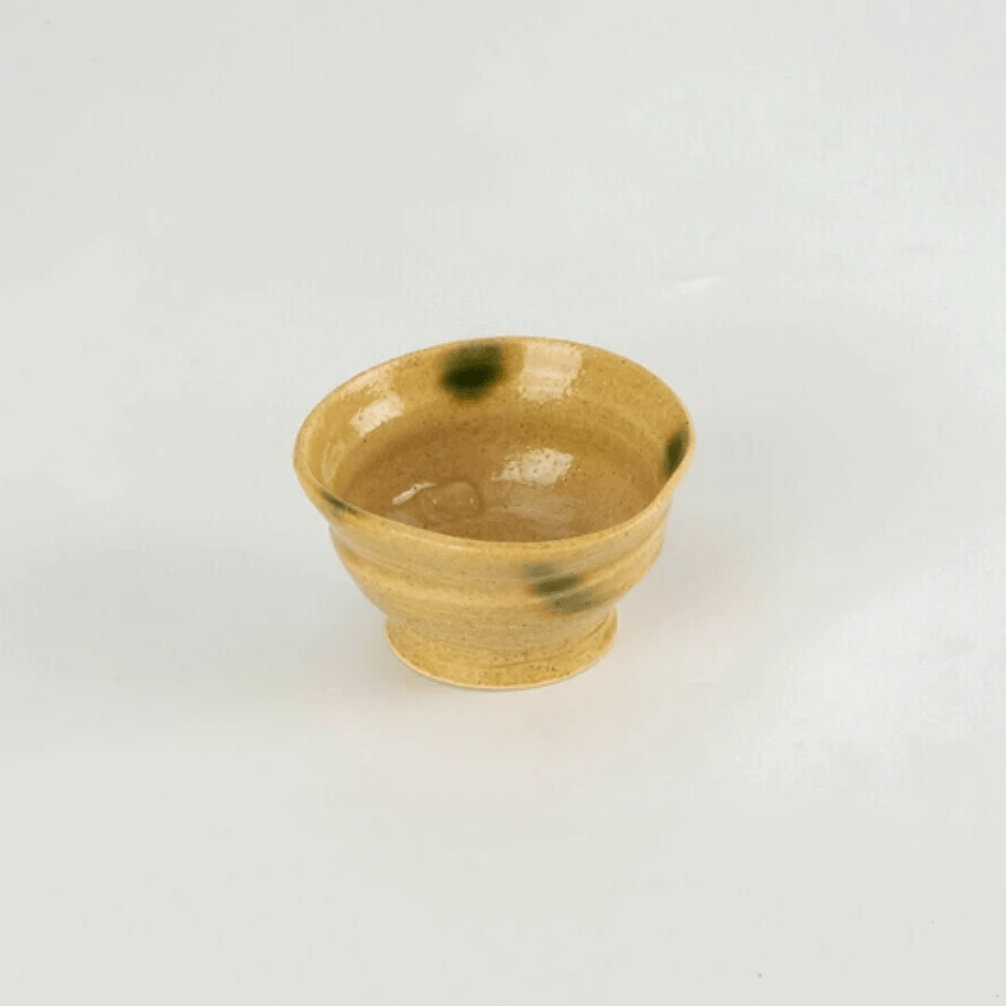
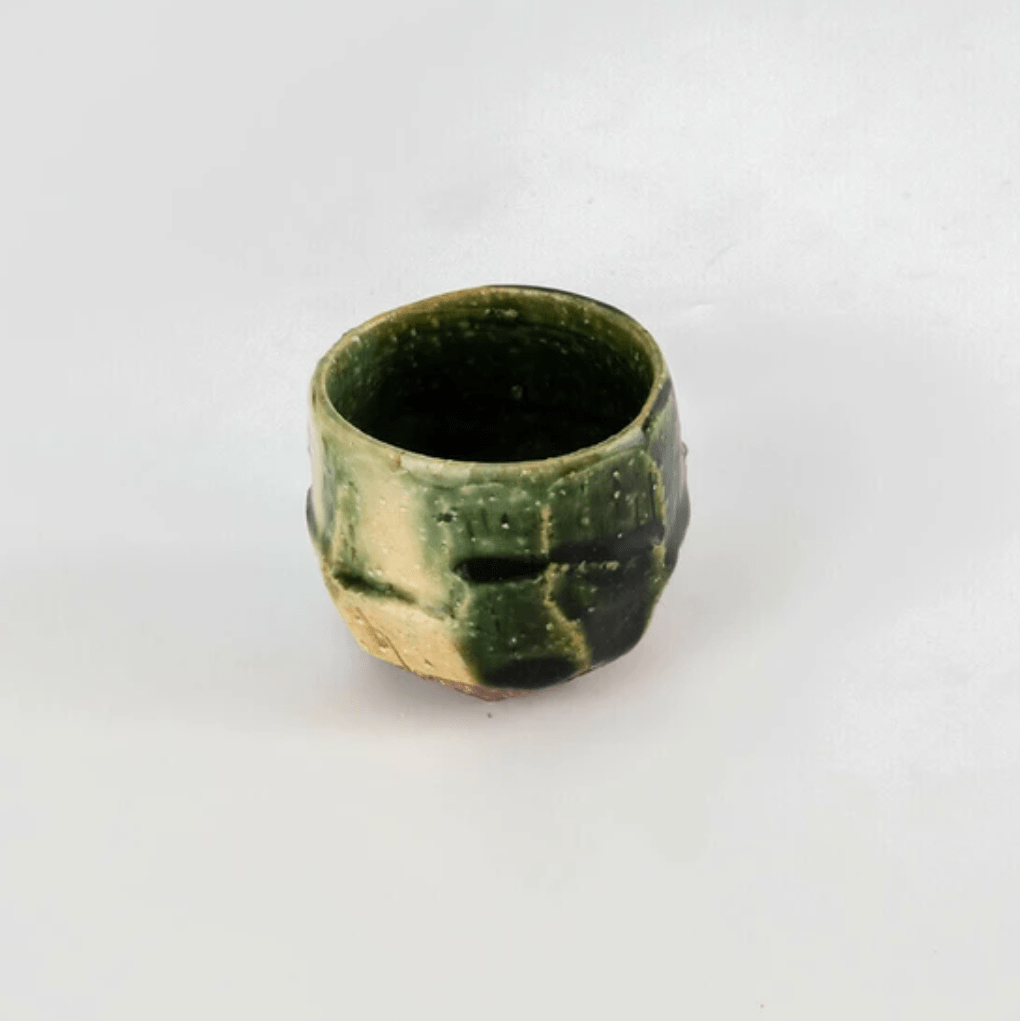
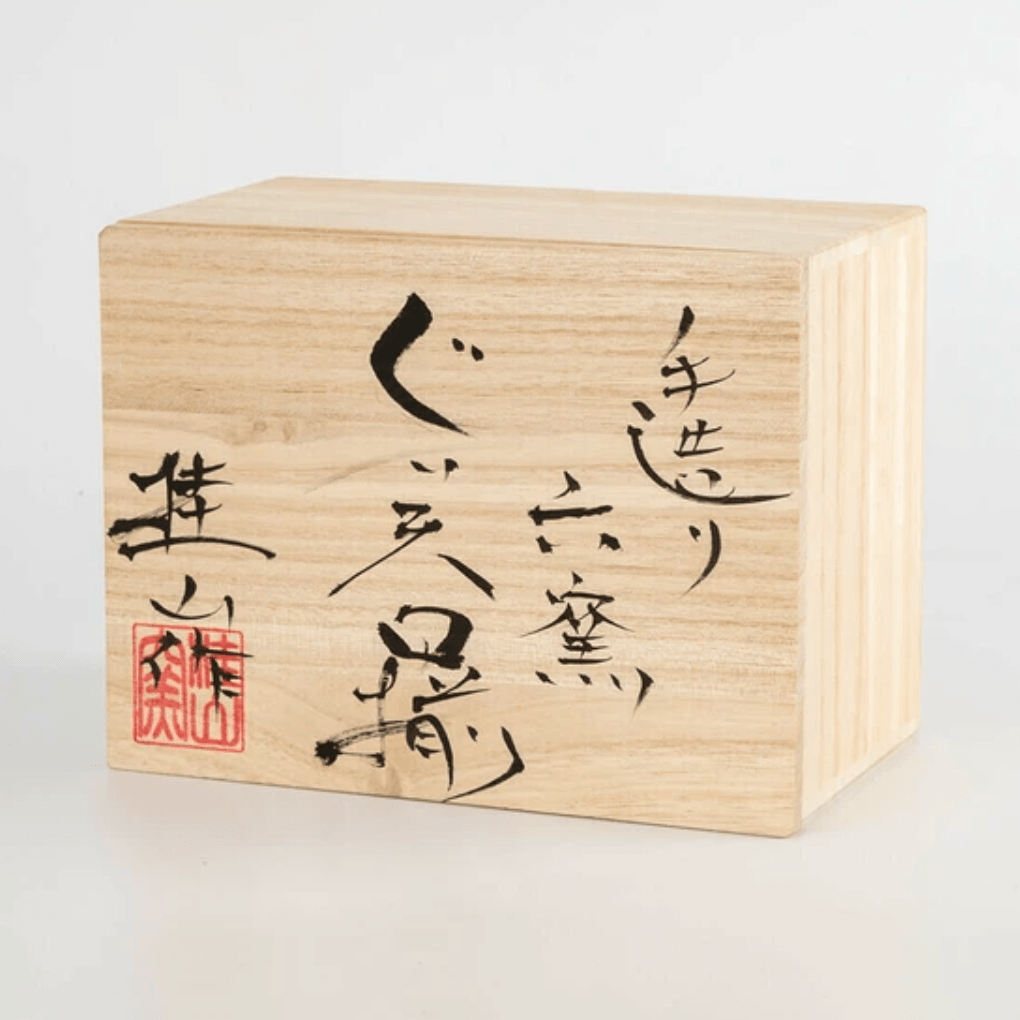
Handmade Sake Cups Set
Fast & Secure Delivery from Japan to your Door [Shipping Policy]
Shop Safely with Encrypted Checkout and Verified Gateways.
Pairs well with

Handmade Sake Cups Set
If you have any questions, you are always welcome to contact us. We'll get back to you as soon as possible, within 24 hours on weekdays.
-
Shipping Information
Use this text to answer questions in as much detail as possible for your customers.
-
Customer Support
Use this text to answer questions in as much detail as possible for your customers.
-
FAQ’s
Use this text to answer questions in as much detail as possible for your customers.
-
Contact Us
Use this text to answer questions in as much detail as possible for your customers.
A Master’s Touch in Every Sip – Handmade Sake Cup Set by Kazufumi Wada (Mino Ware)
Let your sake moments be guided by the hands of a master. This exquisite set of handmade sake cups is the work of Kazufumi Wada, a celebrated ceramic artist and recipient of the prestigious Takuo Award. Created in the revered Keizan Kiln, each cup pays homage to the rich heritage of Mino ware—a tradition spanning over 1,300 years.
This six-piece set showcases a vibrant spectrum of iconic glazes:
- Oribe, with its mossy greens and rich textures
- Kiseto, a golden-yellow hue with warm, speckled tones
- Shino, soft and smoky with a gentle presence
- Kuro Oribe, bold, dark, and full of character
- Turkish blue, striking and contemporary
- Oni Shino, rustic and dramatic with unique surface depth
Each cup is individually thrown and glazed, making every piece a singular expression of Japanese wabi-sabi beauty. The variations in size, color, and form are intentional, celebrating the handmade spirit and the quiet imperfection that defines true artistry.
This set is more than a collection—it’s a journey through the history of Japanese ceramics. From the earthy feel of raw clay to the silky glaze finishes that catch the light, every detail is made to elevate the act of drinking sake into a mindful ritual.
Presented in a traditional kiri-wood box with bold brush calligraphy, it makes a perfect gift for connoisseurs, collectors, or those seeking beauty in their daily life.
Elevate your table. Enrich your spirit. And toast to timeless craftsmanship.
Product Information
Care instructions
Note
FAQs
All you need to know about Japanese Pottery.
What types of traditional pottery are made in Japan?
Japan is home to several renowned pottery styles, including Mino ware (Gifu), Bizen ware (Okayama), Arita and Imari ware (Saga), Shigaraki ware (Shiga), and Mashiko ware (Tochigi). Each region has its own distinct materials, glazes, and firing techniques that reflect local history and aesthetics. Toki City in Gifu Prefecture is particularly renowned as the heart of Mino ware (Minoyaki)—the most widely produced pottery style in Japan.
What materials are used in artisan Japanese pottery?
Most artisan pottery in Japan is made from locally sourced clay, often mixed and refined by hand. Natural minerals and ash are used in glazes, and many pieces are wood-fired or fired in traditional climbing kilns (noborigama), producing unique surface textures and natural variations.
Are artisan Japanese pottery pieces safe for food use?
Yes. Authentic artisan pottery is made with food-safe, lead-free glazes and is carefully fired at high temperatures to ensure durability and safety. However, it's important to follow care instructions, especially for unglazed or porous ceramics.
What makes Japanese pottery different from Western ceramics?
Japanese pottery often emphasizes wabi-sabi—the beauty of imperfection—resulting in organic shapes, subtle asymmetry, and natural glazes. Unlike Western ceramics, which may prioritize uniformity, Japanese pieces often celebrate the individuality of each item, reflecting the artist's hand and the firing process.
How should I care for artisan-made Japanese pottery?
Hand-wash pottery with mild soap and avoid extreme temperature changes (like placing hot items into cold water). Some unglazed pieces may absorb moisture, so allow them to fully dry before storing. Avoid microwaves or dishwashers unless the piece is specifically labeled as safe for such use.
Do I need to season my matcha bowls before using them?
In most cases, seasoning a matcha bowl is not necessary—especially if the bowl is fully glazed, as the glaze naturally seals the surface and makes it ready for use. However, if the bowl is unglazed or has a raw clay base, a simple seasoning process called medome can help prevent cracking or staining. To season, soak the bowl in warm water mixed with a spoonful of cooked rice or flour for about 30–60 minutes, then rinse and let it dry completely. This step helps fill tiny pores in the ceramic and adds durability over time.

